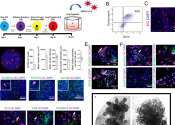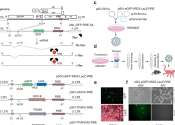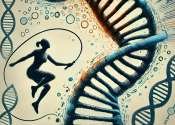'Mini lungs' research leads to multiple COVID-19 discoveries
Scientists at Sanford Burnham Prebys, University of California San Diego and their international collaborators have reported that more types of lung cells can be infected by SARS-CoV-2 than previously thought, including those ...
Jul 23, 2024
0
38









